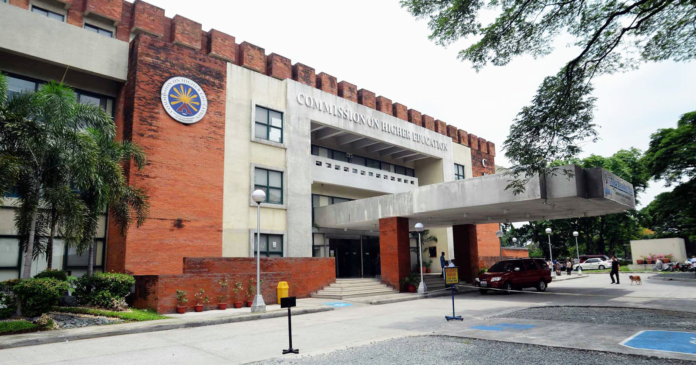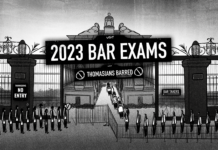The Commission on Higher Education (CHEd) made its strongest push for wider face-to-face (F2F) classes in the country by way of Memorandum Order No. 16, which took effect on Nov. 11.
In the memorandum, the CHEd ordered higher education institutions (HEIs) to move out of full online learning and hold at least 50 percent of their classes—in all courses in all programs—face-to-face (F2F) starting the second term of Academic Year (AY) 2022 to 2023.
“For example, for a three-unit course which requires at least 54 contact hours, 27 hours should be spent on a physical learning facility such as a classroom, laboratory, and other related learning spaces,” the memorandum read.
The CHEd also mandated on-site classes for laboratory courses, on-the-job training, and apprenticeship programs, as well as the resumption of the National Service Training Program’s community-based implementation.
Indeed, more F2F classes are necessary, but the CHEd forcing schools to implement F2F classes à la Vice President Sara Duterte-Carpio’s Department of Education is counterproductive and even draconian, as draconian as the lockdown forced down the throats of Filipinos for two years.
The World Bank has underlined that while it has been tempting to resume business in schools as usual, it would be incorrect to assume that once kids are back in school, their learning would quickly get back on track. It said in its 2022 Guide for Learning Recovery and Acceleration that countries should instead focus on reversing pandemic-caused learning losses and accelerating learning to prevent a long-term impact on this generation’s human capital accumulation.
Forcing HEIs to sideline their own transition plans for one that will exact F2F classes also makes the essence of blended learning obsolete.
According to the World Bank, the recovery and acceleration of learning can be aided by a context-appropriate learning recovery program. For an effective learning recovery program, it said schools must reach all children, assess learning, prioritize the fundamentals, increase the efficiency of instruction, and develop psychosocial health and well-being.
The CHEd should have given HEIs the freedom to determine the ideal ratio of in-person and online hours for each course in their own curricula in order to optimize the benefits of blended learning.
According to the Asian Development Bank, a hybrid learning model is most likely the more durable model for delivering education, and as the CHEd said in its memorandum, “equitable policies, programs, and practices that support the safe return to physical learning spaces are…necessary without sacrificing the gains from the use of alternative and innovative learning modalities.”
The CHEd should instead allow HEIs to strategically decide how they could increase the efficiency of instruction by determining what courses are best delivered fully onsite, fully online, or blended.
After all, it is inconsistent for the CHEd to issue its new on-site learning directive in November, especially as in July 2022, before classes for AY 2022 to 2023 started, CHEd Chairman Prospero de Vera III said HEIs had the authority to decide for themselves whether to hold F2F classes or not.
“Some degree programs really need a lot of F2F classes, especially skills-based programs, while other programs can be delivered by flexible learning so we are leaving it to the universities to decide what is the appropriate mix,” he said on July 13.
Yes, students have to return to their actual classrooms to make the most of their education, but pressuring HEIs to recklessly expand F2F classes by the second term, with Covid-19 still lingering, could not only lead to poorer academic results, but it could also be dangerous, especially as the second half of the academic calendar starts after the holiday season during the winter months when historically there are surges in Covid-19 and other diseases.
Forcing F2F classes is counterproductive. Returning to the pre-pandemic ways of education is not an achievement but an impetuous way of discarding blended learning gains. The future of education, as many think tanks have said, is blended.














